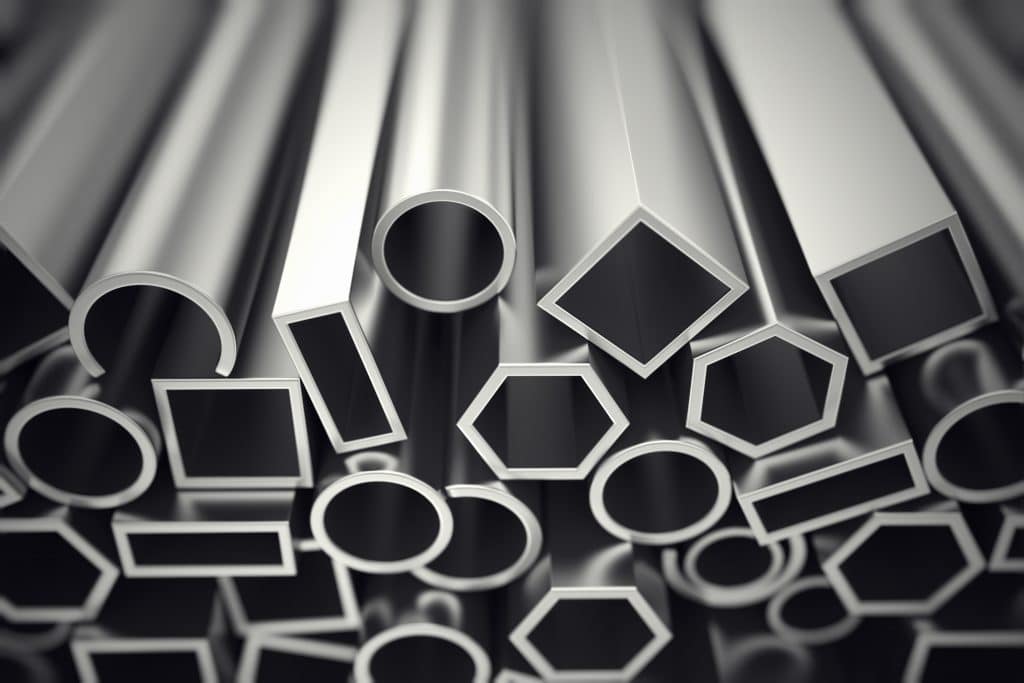Aluminum: The Lightweight Marvel Shaping The Future of Industry
Aluminum is often referred to as the “lightweight marvel” of modern engineering. Its unique combination of properties—strength, malleability, resistance to corrosion, and low weight—has made it one of the most widely used metals in industries ranging from aerospace to construction. But what makes aluminum so special, and why is it considered a cornerstone material for the future of manufacturing?

1. What is Aluminum and Why is it So Important? Aluminum is a non-ferrous metal that is abundant in the Earth’s crust. Its atomic structure allows it to be lightweight yet strong, making it an ideal material for a variety of applications. With a wide range of uses in industries such as automotive, aerospace, construction, and packaging, aluminum is vital to modern life.
2. The Properties of Aluminum That Make It So Unique
- Lightweight: Aluminum is approximately one-third the weight of steel, making it ideal for applications where reducing weight is crucial, such as in the automotive and aerospace industries.
- Corrosion Resistance: Aluminum naturally forms a protective oxide coating when exposed to air, preventing further oxidation and making it highly resistant to corrosion.
- Strength and Durability: Although lightweight, aluminum can be strengthened through alloying and heat treatments, making it suitable for high-strength applications.
- Malleability: Aluminum is highly malleable, allowing it to be easily shaped into different forms without compromising its structural integrity.
3. The Role of Aluminum in Key Industries
- Aerospace and Aviation: Aluminum’s low weight and high strength make it a fundamental material for aircraft construction, reducing fuel consumption and increasing efficiency.
- Automotive: The automotive industry has turned to aluminum to produce lighter, more fuel-efficient vehicles without sacrificing safety or performance.
- Construction: From windows and doors to structural components, aluminum’s strength and corrosion resistance make it a staple in modern construction.
- Packaging: Aluminum is extensively used in the packaging industry, particularly for cans, foils, and containers, due to its light weight, durability, and recyclability.
4. Aluminum Alloys: Enhancing Properties for Specific Applications Aluminum alloys are created by combining aluminum with other metals such as copper, magnesium, silicon, and zinc. These alloys enhance specific properties of aluminum, such as strength, corrosion resistance, or formability. Common types of aluminum alloys include:
- Aluminum 6061: A versatile alloy often used in aerospace, automotive, and construction applications.
- Aluminum 7075: Known for its high strength-to-weight ratio, often used in military and aerospace applications.
- Aluminum 2024: Known for its excellent fatigue resistance, used primarily in aircraft construction.
5. Aluminum’s Environmental Benefits: A Sustainable Metal One of the most significant advantages of aluminum is its recyclability. Unlike many other materials, aluminum can be recycled indefinitely without losing its properties. This makes it a highly sustainable material, contributing to reduced environmental impact and energy savings. Recycling aluminum requires only 5% of the energy needed to produce new aluminum from bauxite ore, making it an eco-friendly choice for a wide range of applications.
6. The Future of Aluminum: Innovations and Trends
- Lightweighting: As industries like automotive and aerospace continue to push for more efficient designs, aluminum will play an increasingly important role in reducing weight and improving fuel efficiency.
- Advanced Alloys: Researchers are developing new aluminum alloys that combine strength with even lighter weights, opening new possibilities in fields like electric vehicles and renewable energy.
- Recycling Technologies: As the demand for sustainable materials grows, innovations in aluminum recycling technologies will further enhance its environmental benefits.
7. Challenges Facing the Aluminum Industry Despite its many benefits, aluminum production is energy-intensive, especially in the extraction process. However, technological advancements in more energy-efficient methods, such as the development of green aluminum, are helping mitigate these challenges. Additionally, the cost of producing aluminum can fluctuate due to global supply and demand, which can impact pricing for end-users.
Conclusion: Aluminum’s remarkable properties—light weight, strength, corrosion resistance, and sustainability—have made it a material of choice for a vast array of industries. As technology continues to evolve, aluminum will remain at the forefront of innovation, shaping the future of manufacturing and contributing to a more sustainable world. Whether it’s in the construction of high-performance vehicles, advanced electronics, or energy-efficient buildings, aluminum will continue to play a vital role in creating the products of tomorrow.
Aluminum: The Lightweight Marvel Shaping The Future of Industry